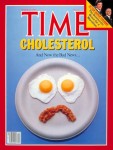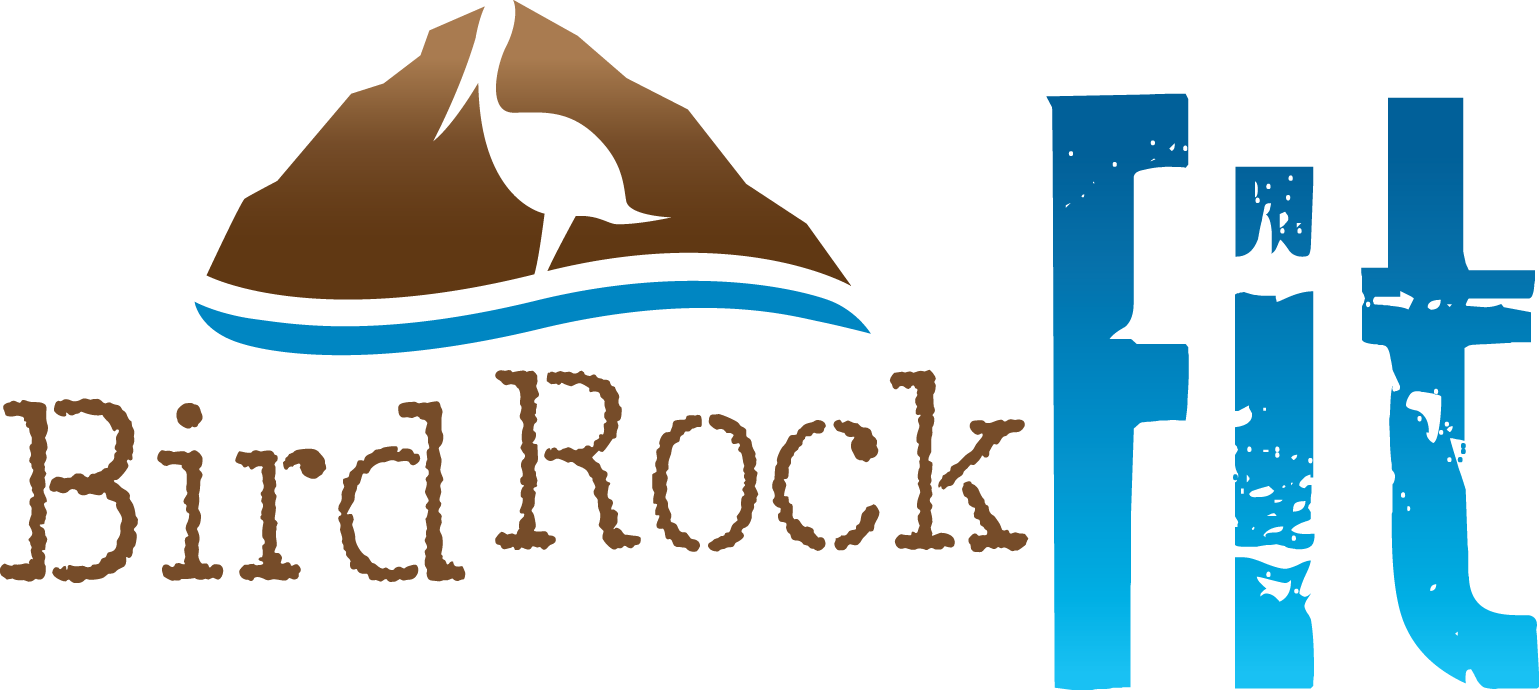By Ryan Halvorson
The other day a friend posted a rant on Facebook about how tired she was of all of the conflicting information about weight loss. Low carb or high carb? High fat or low fat? Steady state cardio or sprints? Lift heavy weights or light weights?
The information out there is downright dizzying.
Every so often a new nutrition or exercise study is produced that catches media attention and spreads like wildfire. The studies that gain the most traction are those that turn popular thought on its head. For example, in 2007 an article from New York Magazine asked the question “Does Exercise Really Make Us Thinner?” The answer astonished the general public. The author presented studies on the hormonal, hunger, and psychological responses to exercise. He posited that a post-workout hormone feeds fat cells; exercise enhances appetite; and people use exercise as an excuse to eat more junk food. So, the short answer on whether exercise makes is thinner is “No.” Exasperated and confused, everyone reading the article collectively threw their hands in the air.
For every study that says that exercise does x, y and z, there seems to be another study will show up that says the exact opposite.
In many cases, nutrition studies are worse. Yesterday, eggs were terrible for you, but today they’re a super food. In the  eighties, low-fat became the diet craze du jour. These days there’s lots of backlash as experts and scientists claim that low-fat diets may be partially responsible for today’s obesity epidemic. The current bad boy of nutrition–gluten–has ignited a billion dollar gluten-free industry. Who knows where gluten will land in 10 years.
eighties, low-fat became the diet craze du jour. These days there’s lots of backlash as experts and scientists claim that low-fat diets may be partially responsible for today’s obesity epidemic. The current bad boy of nutrition–gluten–has ignited a billion dollar gluten-free industry. Who knows where gluten will land in 10 years.
It’s understandable why my friend is so confused and frustrated. There is a constant element of contradiction within the fitness and nutrition worlds that has paralyzed many of us into inaction.
How is she–and everyone else–supposed to make informed decisions and get healthy when the nutrition and fitness industries can’t make up their minds?
I’ve been involved in the fitness world for 10 years. Much of that time has been spent as a researcher and reporter for IDEA Health & Fitness Association, the leading educator of fitness professionals worldwide. I know first-hand how difficult it can be to navigate the barrage of information we face each day. However, the experience taught me a few things about how to separate fact from fiction, and how to find what works for me. I’d like to share a few of those things with you.
1. The problem with research.
Several years ago I reported on a study that linked regular marathon running and cardiac incidences. The very next month I came across another study that said marathoners experienced fewer cardiac incidences than non-marathoners. Research is faulty–it’s very difficult for any study to conclusively prove something. Many studies rely on correlation and not causation. For example, the first marathon study found a link between running marathons and cardiac events, not that marathons cause them. Also, researchers cannot control every single variable like what the marathoners ate during the study, how many hours’ sleep they averaged each night or whether they had stressful jobs–each of these things have been associated with cardiac issues.
Who funded the study?
It’s always a good idea to look at who funded the study as well. Just today a study was released that shows that diet soda plays a positive role in weight loss. Any guesses who funded the study? The American Beverage Association.
I might wonder at the timing of this story, considering diet soda’s weight loss claims have been vilified of late and the industry experienced a 3% loss in revenue last year. I’m not saying the results are doctored–if diet soda helps people lose weight that’s fantastic.
How big is the study?
Lastly, many studies include a very small number of people. Recently, researchers looked at injury rates among runners who wore the now infamous Vibram Fivefingers toe shoes. The 36-person study found a significant injury risk among runners who transitioned to the toe shoes from their regular shoe of choice. While this is interesting information that presents hazardous implications in wearing the shoes, it’s unfair to say that 36 people can be representative of the population at large.
Research is important because it enhances our knowledge, but it can also be misleading. My main point is that these studies should be treated as starting points and not the end-all.
2. The Problem With Media.
I’ve been a journalist for the majority of my life. Really. I started writing professionally at age 17. I learned early on how media outlets thrive on controversy and shocking headlines. At the time I wrote this blog post, the diet soda study had just emerged. Yet I’m sure it will be talked about quite frequently for the next several days as supporters and detractors debate its reliability. It’s important to remember that news outlets are businesses and need to make money. So they will oftentimes exacerbate findings or cherry pick juicy tidbits in order to increase page clicks or sell newspapers. Many of them care more about your money than your best interest. This isn’t to say that the media is bad and misleading, it does mean that it’s a good idea to possess some healthy skepticism when scouring the nutrition section of The New York Times.
Now What?
Now, for the hard part. As humans we want to be told what to do and when to do it. What and how much to eat. What type of workout to do and how many times a week we should do it. We hate making mistakes and we hate guesswork. We also hate not seeing results. I’m right there with you. But as a longtime fitness professional, I’ve worked with lots of people who have become extremely successful at changing their bodies for the better and for the long haul. None of them followed spoon-fed programs and protocols. However, they did focus on the following:
1. Introspection
This is perhaps the most nebulous aspect of change–we tend to be more externally aware than internally aware–yet it’s the most important. But every person I have ever known who has gotten in shape and stayed that way relies on self-awareness and introspection. They learn what sets off junk food cravings. They understand what types of exercise positively affect their bodies. They take notes, and based on those notes, strive toward improvement. Introspection also helps them adjust their course should an upgrade be required.
2. Fundamentals
Nutrition-wise, the body needs protein, fat and carbohydrates for optimal health. This macronutrient trio provides the basis for body change. However, the ratio differs based on individual need, which is determined through introspection. Successful body changers base this ratio on what makes them feel satiated–not bursting-at-the-seams full–and how long they remain that way (nutrient dense foods like lean proteins tend to do the trick). They are also aware of which foods lead to cravings and how those foods affect energy levels. If any of those three elements are off (you’re hungry an hour after you eat, a craving for ice cream comes on midday, your energy dips at 11:30 every morning), it’s time to adjust the macronutrient ratio.
These folks also lift weights regularly (to include big lifts like deadlifts, squats, bench press, push-ups, overhead press, pull-ups), and get in some low-intensity cardio (like leisure walks) and high-intensity cardio (like sprints or interval training). How much they do and when they do it depends on energy levels and what fits their schedule.
3. Consistency
Unless you’re a prodigy you can’t learn to play Rachmaninoff’s Concierto No. 2 without practice. The same goes for body change. Consistent, daily practice makes progress. Jumping from diet to diet and exercise plan to exercise plan rarely results in long-term success. It’s also impossible to see results when you’re 40% adherent to your plan. As they say, Rome wasn’t built in a day, but I highly doubt the Romans only worked on building the city a few times each week.
Ignore the Noise and Prosper
People who achieve lasting change cut through the noise and forge their own path. They treat body change like a hobby instead of a chore. They take charge of their success and don’t rely on others to tell them what to do. They know that the only best plan or protocol is the one they develop for themselves. Studies can only take you so far; take from them what resonates with you and discard the rest.
How about a little experiment? For one month, ignore anything nutrition- and fitness-related. No Men’s Health or Women’s Health. Don’t worry about missing anything–the same “Get Abs Quick” articles will be reprinted next month. Aim to focus on the fundamentals and what your intuition tells you. That’s it. I’ll check back with next month’s newsletter for feedback. Are you in?
